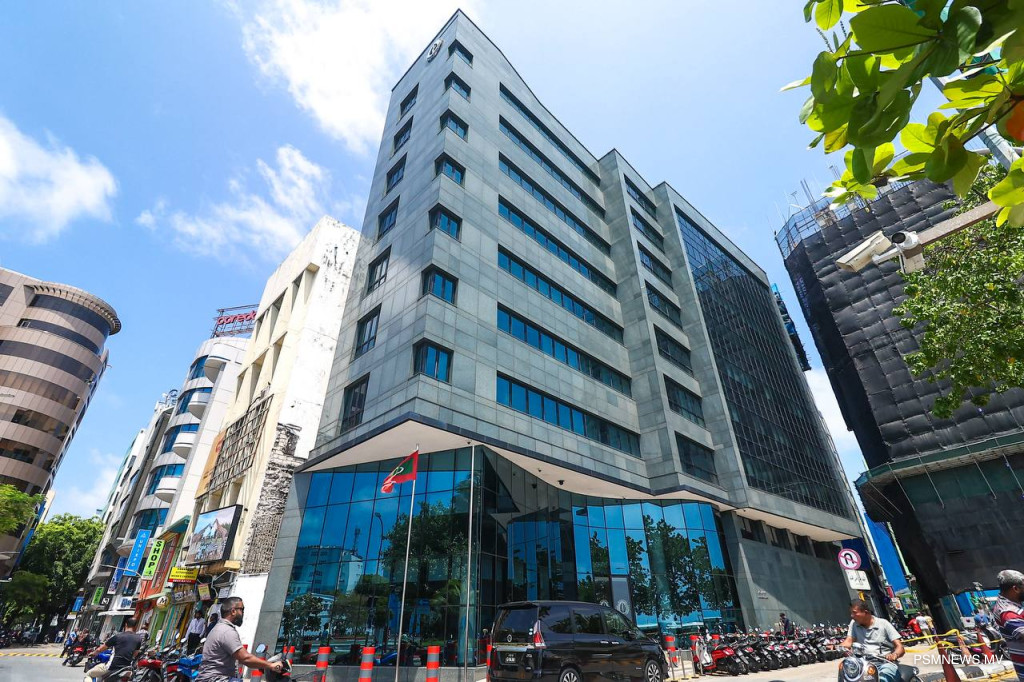Central Bank Cites Debt Monetisation in Move to Absorb USD 136 Million from Excess Rufiyaa Supply

The Maldives Monetary Authority has withdrawn USD 136.24 million from circulation through reverse repurchase operations, marking its first liquidity absorption initiative since 2014. The measure is aimed at countering inflationary pressures stemming from a sharp expansion of the money supply during the Covid-19 pandemic.
The operation, launched on 23 July, follows a period of intensified monetary activity attributed to the previous administration’s use of debt monetisation. According to the central bank, the government suspended the Fiscal Responsibility Act and financed its deficit by borrowing directly from the MMA, a mechanism that resulted in the creation of new money. That money was subsequently converted into long-term bonds on three separate occasions.
The central bank reported that the policy led to a 178 percent increase in the volume of Maldivian Rufiyaa circulating within the banking system. The surge, it noted, contributed to depreciation of the Rufiyaa and a steep rise in foreign currency valuations.
To absorb the excess liquidity, defined as funds in the banking sector exceeding the requirements of normal economic activity, the MMA initiated Open Market Operations, a standard monetary policy tool involving the sale and purchase of government securities. The effort also constituted a form of sterilisation, designed to offset the impact of money creation on the domestic money supply.
Rufiyaa deposits continued to rise despite the recent withdrawal, increasing by 18 percent year-on-year as of June. The central bank observed that foreign currency deposits, by contrast, have grown at a slower pace since 2022. Lending patterns also shifted, with banks increasing their holdings of government-issued treasury bills and bonds, resulting in a notable rise in Rufiyaa-denominated loans. Foreign currency lending declined over the same period.
Although the volume of excess Rufiyaa contracted last year, the MMA confirmed a renewed increase in 2025. As of June, the average amount of Maldivian Rufiyaa circulating within the banking system stood at USD 453.57 million, reflecting a 2 percent increase compared to the same period in the previous year.
The central bank warned that the current monetary landscape, characterised by rising Rufiyaa liquidity and declining foreign exchange reserves, is placing downward pressure on the national currency. As an import-dependent economy, the Maldives remains particularly vulnerable to fluctuations in global commodity prices and foreign exchange rates.
